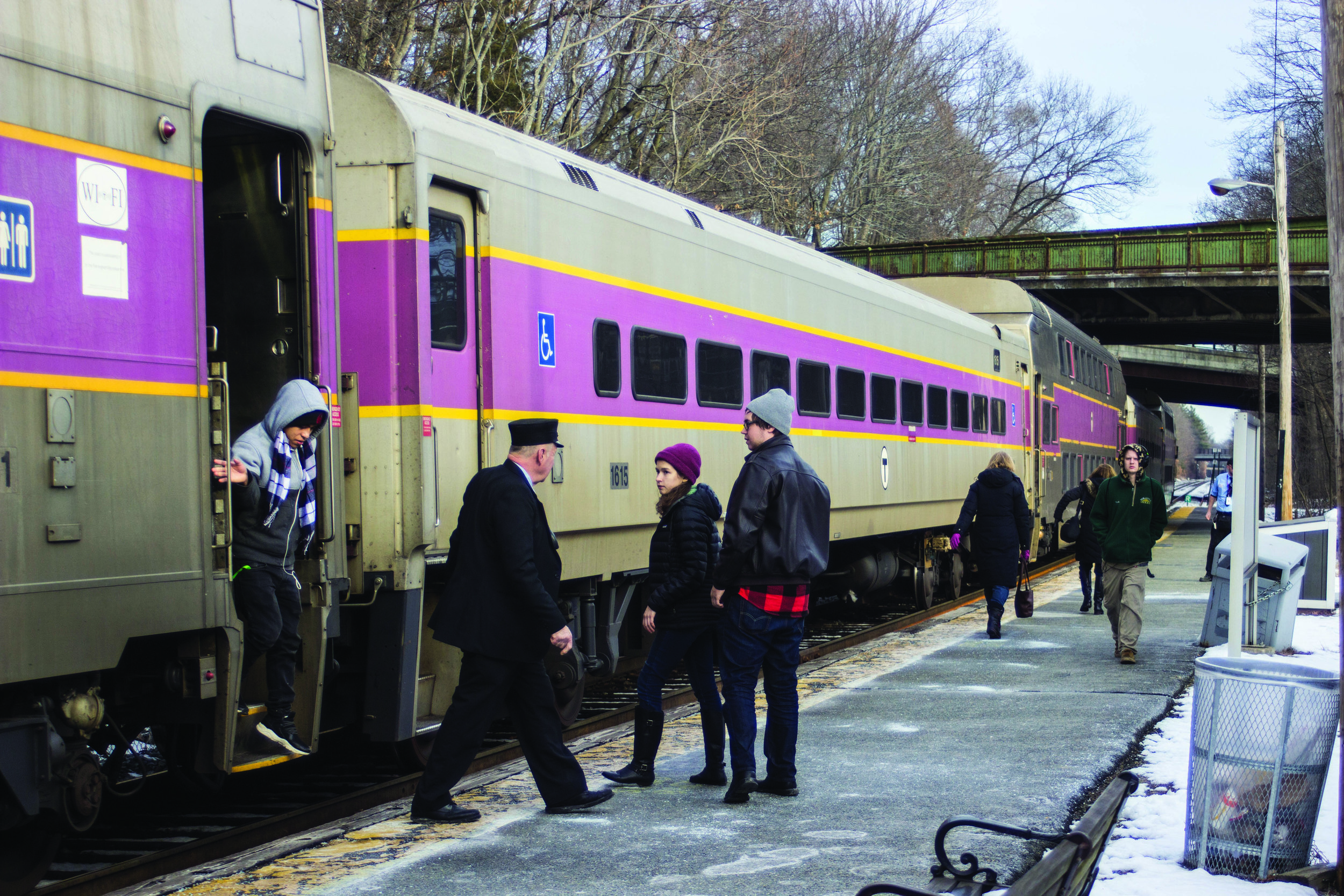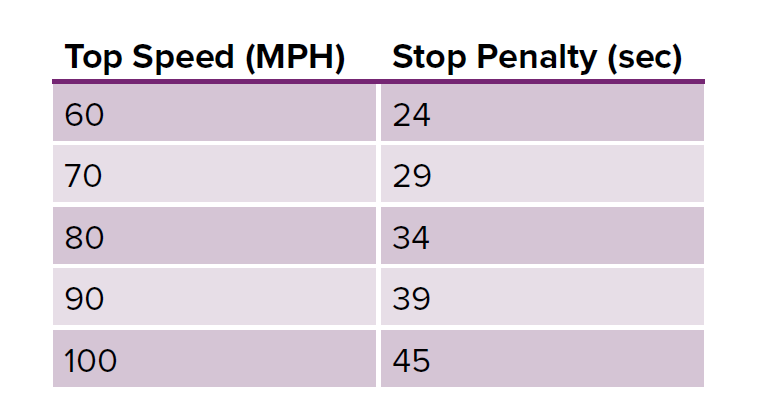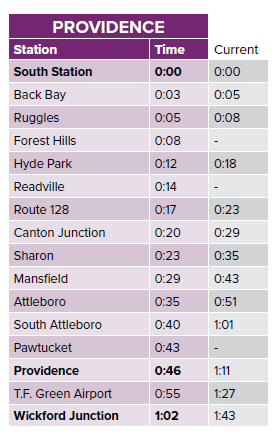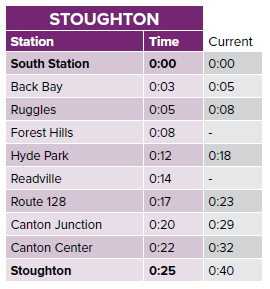This section analyzes the advantages of potential infrastructure and service improvements
for the MBTA’s Fairmount Line, proposing upgrades and changes along its corridor.
Current situation
The Fairmount Line runs just over 9 miles from South Station to Readville, primarily through the Dorchester, Mattapan, and Hyde Park neighborhoods of Boston, with seven urban stations open and an eighth under construction at Blue Hill Avenue/Cummins Highway. The Fairmount Line has already had considerable upgrades to its infrastructure, with many bridges replaced and high-level platforms installed at all stations other than Fairmount and Readville.
At both ends, the line connects to the Providence Line, which is already electrified. Thus, it does not need electrical substations; electrifying the line merely requires stringing wire and connecting it to the Providence Line’s substations. Electrification is a priority, especially given high levels of air pollution in Dorchester from sources like the congested Southeast Expressway in addition to the current Commuter Rail diesel locomotives.
The southern end of the line is closely parallel to the 28 bus, which runs along Blue Hill Avenue. The 28 is in a near-tie for busiest bus route in Boston; it is crowded at rush hour, despite averaging only 8 mph. Faster trains would connect passengers in Mattapan to Downtown Boston four times as quickly as the 28 bus with a transfer to the Orange Line.
Ridership
Historically, ridership on the Fairmount Line was poor, but it has tripled since 2012, when the MBTA moved most stations into Zone 1A (charging subway fare), added infill stations, improved track/signals, and heavily marketed the line as an alternative in Dorchester.36 An additional experiment with free fares for two weeks in 2017 showed more latent demand, increasing ridership by 25-44%, despite service only every 40 minutes at rush hour and 60 minutes midday.37
Line Characteristics
The Fairmount Line is unique among MBTA Commuter Rail lines in how urban it is. It connects South Station with 7 other stations, with an eighth station under construction at Blue Hill Avenue. All stations on the line are in the City of Boston, and all except the outermost two, Fairmount and Readville, have full-length high platforms built in the last few years as part of the modernization plan.
Because the stations are so closely spaced, the Fairmount Line should be the top target for electrification, alongside the already-wired Providence Line. The difference in travel time between EMUs and trains pulled by diesel locomotives, about 60-90 seconds per station, is much more salient on a line with 8 stations in 9 miles than on a line with a station every 3 to 4 miles. Electrification and the use of EMUs will have many benefits for the Fairmount Line, including reducing emissions to zero, but the most important benefit will be the ability to have a high frequency service that truly behaves like a high functioning subway system.
The line’s urban setting also means that high frequency is imperative. A train every 30 minutes could work in cities and suburbs like Providence or Worcester, where the trip time to Boston is an hour. In Dorchester, higher frequency is nonnegotiable.
Equally important are good subway and bus connections. One ticket should be valid on all trains and buses within Boston and inner core communities (such as Cambridge and Revere), allowing people to transfer from the Fairmount Line to the Red Line at South Station, the 28 bus at Blue Hill Avenue, or the 23 bus at Talbot Avenue without paying an additional fare.
To transform the Fairmount Line into useful regional rail, called the Indigo Line on some
MBTA plans, the following capital and operations improvements would be required:
- Fare integration with the buses and subway (leveraging the imminent AFC 2.0),
- High frequency: a train at least every 15 minutes all day,
- Electrification: hooking into the substations at both ends in order to wire the line cheaply,
- High platforms at Fairmount and Readville to speed boarding as well as permit EMUs without trap doors.
The terminal at Readville, on a grade-separation over the Northeast Corridor, is singletrack. It is possible to schedule trains every 15 minutes with a single-track terminus: in Vancouver the SkyTrain Canada Line has single-track ends at both of its outer branches, each having a train every 7 minutes at the peak. However, this imposes operational constraints elsewhere on the line, and so it may be desirable to double-track this terminal.
Potential Through-Service
The Fairmount Line opened together with the Franklin Line as part of the New York and New England Railroad. Today, the Franklin Line goes between Readville and South Station along the route of the Providence Line, which offers a faster trip. However, optionally, the Fairmount Line and the Franklin Line could be reconnected, to offer direct service between communities in Dorchester and Mattapan and retail job centers in Dedham and Norwood.
If there is through-service, then some additional work is needed. Most of it is on the Franklin Line, but some is on the Fairmount Line: the Readville track would need to be double-tracked. The additional travel demand coming from Dedham and points south is such that peak frequency should be a train every 7.5 minutes. A single-track station at Readville would then be impractical, because it would excessively constrain operations elsewhere on the line.
Travel Times
At full rollout, with NSRL removing the slow terminal tracks into South Station, a fast schedule is feasible, almost doubling speed from today. Trains would go at 60 mph from South Station to Blue Hill Avenue, and between Blue Hill Avenue and Readville they could even reach 80 mph. This sample schedule assumes no through-service with the Franklin Line.




























